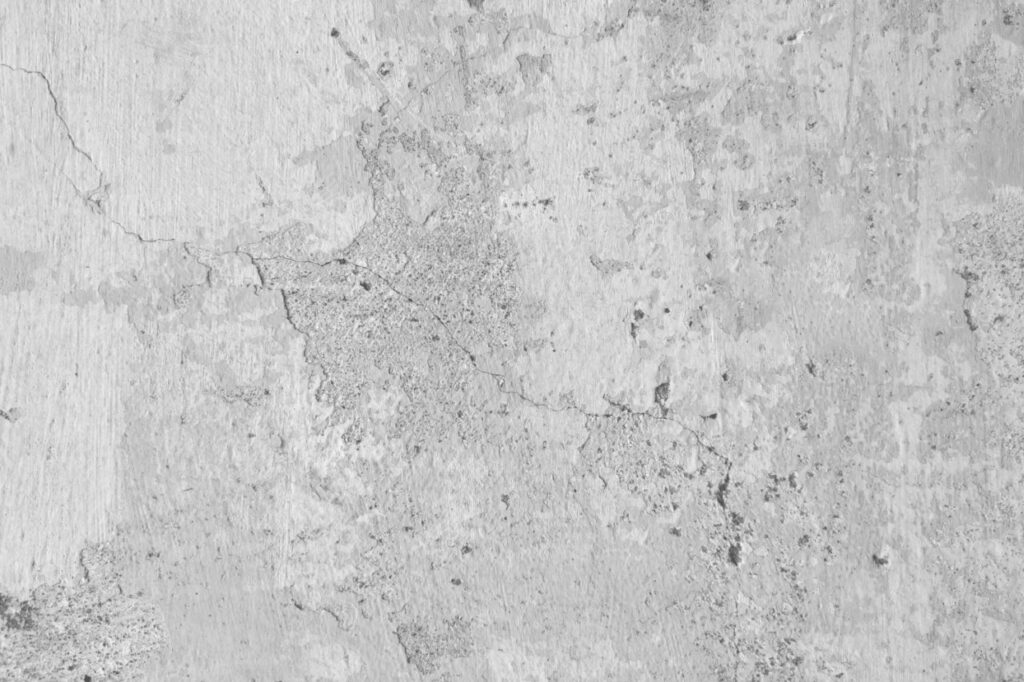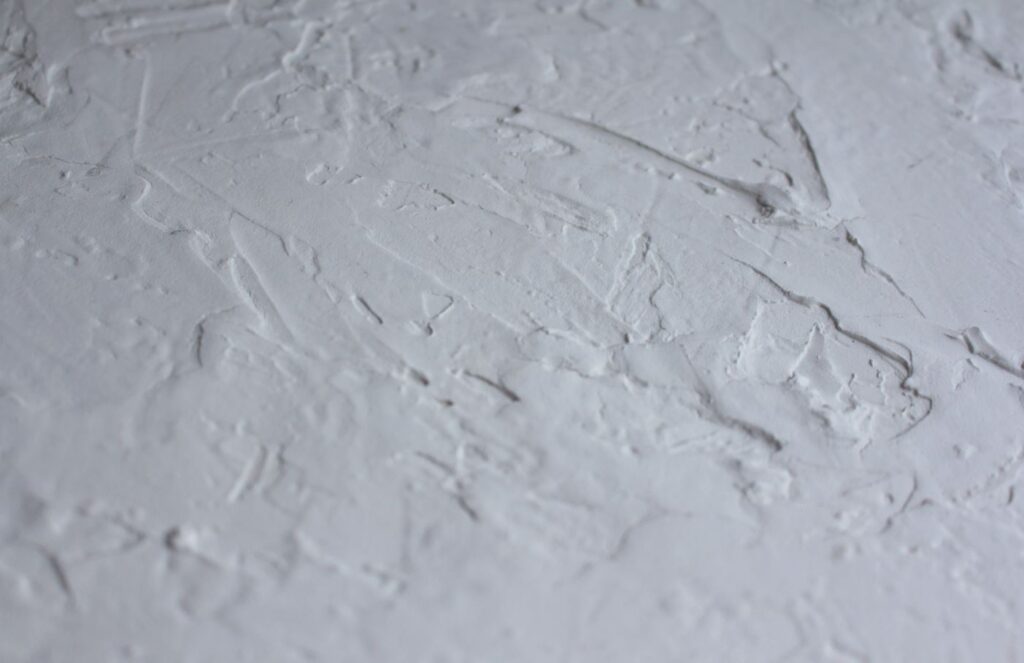Commercial plastering is the application of plaster to walls and ceilings in commercial and public buildings. It is designed to meet the unique needs of these environments and provides both functional and aesthetic benefits.
Unlike the standard drywall technique, plastering uses traditional materials such as gypsum, lime, sand, and water to create durable and visually appealing surfaces.
This method enhances the structural integrity of walls and ceilings and contributes to the overall atmosphere of a commercial space.
This article will analyse the various aspects of commercial plastering, its benefits, the pros and cons, and why hiring a professional plasterer is often the best choice for such projects.
Let’s get straight to the point.
Commercial plastering involves applying plaster to walls and ceilings in commercial buildings. It offers durability, aesthetic appeal, and customisation.
It uses traditional materials like gypsum and lime, creating long-lasting surfaces that improve acoustics, energy efficiency, and property value.
While it takes more time and skill than drywall, plastering provides a cleaner, more durable finish. Hiring a professional is vital for quality results, especially for custom finishes.
Though more expensive and time-consuming, plastering is ideal for businesses prioritising aesthetics and structural integrity.
Understanding Commercial Plastering
Commercial plastering goes beyond the basic task of applying plaster.
It creates a smooth and polished finish for walls and ceilings and offers additional features such as decorative mouldings, textured surfaces, and custom designs.
The process is used in various settings, including offices, retail spaces, hotels, and other commercial properties.
The Benefits Of Commercial Plastering
- Durability: Plaster walls are more durable than drywall, making them ideal for high-traffic areas in commercial buildings.
- Aesthetic Appeal: With its smooth and refined finish, plastering enhances the look of interiors and exteriors alike.
- Energy Efficiency: Plaster helps regulate temperature by providing an extra insulation layer, leading to lower energy bills.
- Improved Acoustics: Plastering can help reduce noise levels in offices or restaurants, providing a quieter environment.
- Customisation: Commercial plastering allows for unique and intricate designs, allowing businesses to create a visually appealing and brand-aligned environment.
Types Of Commercial Plastering
1. Internal Plastering
Internal plastering involves applying plaster to a building’s interior walls and ceilings. It sets the tone for the interior design, providing a clean and professional appearance.
The finish can be smooth or textured for an office or retail space, depending on the desired look.
2. External Facades
The exterior of a building speaks volumes about a business’s professionalism. Commercial plastering for external facades ensures the building looks polished and well-maintained.
It also offers protection from environmental factors such as weathering, contributing to the building’s longevity.
3. Specialty Finishes
In some commercial settings, plastering is used for more decorative purposes. Specialty finishes include textured surfaces, mouldings, and custom designs that align with the business’s overall aesthetic.
These finishes can be applied to internal and external walls, creating a cohesive look for the building.
The Commercial Plastering Process
The process of commercial plastering involves several key steps to ensure a high-quality finish:
- Planning and Consultation: This is the initial phase, during which the plastering contractor consults with the business owner or designer to understand the space’s design goals and functional needs.
- Design Integration: The plastering solution is integrated into the overall design, collaborating with architects and designers to ensure a seamless application.
- Surface Preparation: Proper surface preparation is essential for the plaster to adhere well and provide a smooth finish. This involves cleaning and priming the surface to ensure maximum adhesion.
- Plastering Application: Once the surface is prepared, the plaster is applied. Depending on the design, this can involve several coats, each smoothed and levelled for a flawless finish.
- Finishing Touches: At this stage, decorative features, textures, or patterns are added, enhancing the overall aesthetic.
- Quality Assurance: After applying the plaster, the work is inspected to meet the highest quality standards.
Pros And Cons Of Commercial Plastering
While commercial plastering offers numerous benefits, it’s important to consider both the advantages and disadvantages before deciding on this method.
Pros
- Superior Durability: Plaster walls are far more durable than drywall, offering better resistance to impacts and general wear and tear.
- Customisable Finishes: Plastering provides endless possibilities for custom designs and finishes that suit a business’s needs.
- Moisture Resistance: Plaster can help prevent moisture from seeping into walls, reducing the risk of mould and mildew.
- Cleaner Process: Plastering is relatively dust-free, unlike drywall, which requires sanding and can create significant dust.
Cons
- Longer Drying Time: Wet plaster can take longer to dry compared to drywall, potentially delaying the project if time is critical.
- Cracking: Plaster can develop hairline cracks if not applied correctly or if exposed to fluctuations in temperature and humidity.
- Expensive Repairs: If plaster walls are damaged, repairs can be costly and time-consuming, especially if the damage is extensive.
- Moisture Sensitivity: While plaster resists moisture to a degree, it is not completely waterproof and can become damaged if exposed to excessive moisture over time.
The Importance Of Hiring A Professional Plasterer
Commercial plastering is not a job for beginners. While DIY projects may seem appealing, plastering requires skill and experience to achieve a high-quality finish.
Here’s why hiring a professional plasterer is essential for commercial projects:
1. Expertise In Materials
Plastering uses precise proportions of various materials, such as gypsum, lime, and sand. A professional plasterer knows how to mix and apply these materials correctly to ensure a strong and durable finish.
2. Proper Finishing
Achieving a smooth and even finish is a skill that takes years to master. Professional plasterers are trained to apply plaster to different surfaces, ensuring the final result is flawless.
3. Time Efficiency
While plastering can be time-consuming, a professional plasterer will complete the job faster than a DIY attempt. They know how to manage the drying times between coats and can work more efficiently to meet project deadlines.
4. Avoid Costly Mistakes
One small mistake in the plastering process can lead to unsightly results, which are expensive to fix. Hiring a professional ensures that the job is done right the first time, saving money in the long run.
Commercial Plastering Vs. Drywall
When comparing plastering to drywall, it’s important to weigh the pros and cons of each method. While drywall is faster and more affordable, plastering offers a more durable and aesthetically pleasing finish.
Plastering Benefits Over Drywall
- Durability: Plaster walls are much stronger than drywall and less likely to suffer impact damage.
- Customisation: Unlike drywall, plaster can be moulded into decorative shapes and textures, offering more design flexibility.
- Airtight Seal: Plaster provides better insulation and air-sealing capabilities, making it more energy efficient.
However, plastering does take longer to apply and is generally more expensive than drywall. Plastering is often the better option for commercial spaces where aesthetics and durability are priorities.
Conclusion
Commercial plastering is a valuable method for enhancing the aesthetics and functionality of commercial buildings.
It offers numerous benefits, including durability, energy efficiency, and customisation, making it a popular choice for businesses looking to create visually appealing and long-lasting spaces.
While it may require more time and expertise than other finishing methods, the results are worth the investment.
By hiring a professional plasterer, businesses can ensure that their walls and ceilings look great and stand the test of time.
Whether for internal walls, external facades, or specialty finishes, commercial plastering remains a timeless technique that offers unmatched quality and durability.
FAQs About Plastering
What Factors Should Be Considered When Selecting Commercial Plastering Materials?
Factors to consider include the building’s location, environmental conditions, intended use of the space, regulatory requirements, desired aesthetics, and budget constraints.
What Is The Process Involved In Commercial Plastering Projects?
The process typically includes surface preparation, application of plaster materials using appropriate techniques, drying and curing of the plaster, and finishing touches such as sanding, texturing, and painting.
How Long Does A Commercial Plastering Project Typically Take To Complete?
The duration of a commercial plastering project depends on various factors, such as the size and complexity of the project, the availability of materials and labour, weather conditions, and any unforeseen issues encountered during construction.
What Are Some Common Challenges Associated With Commercial Plastering Projects?
Common challenges include achieving uniformity in plaster application, addressing substrate irregularities, coordinating with other trades on the construction site, ensuring compliance with building codes and regulations, and managing project timelines and budgets.
How Can Building Owners Ensure The Longevity And Performance Of Commercial Plastering Systems?
Building owners can ensure the longevity and performance of commercial plastering systems by conducting regular maintenance, promptly addressing any issues such as cracks or water damage, and investing in quality materials and professional installation.



